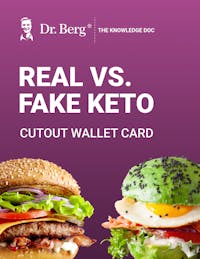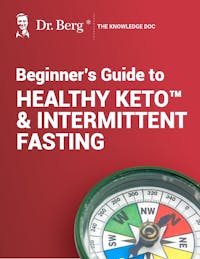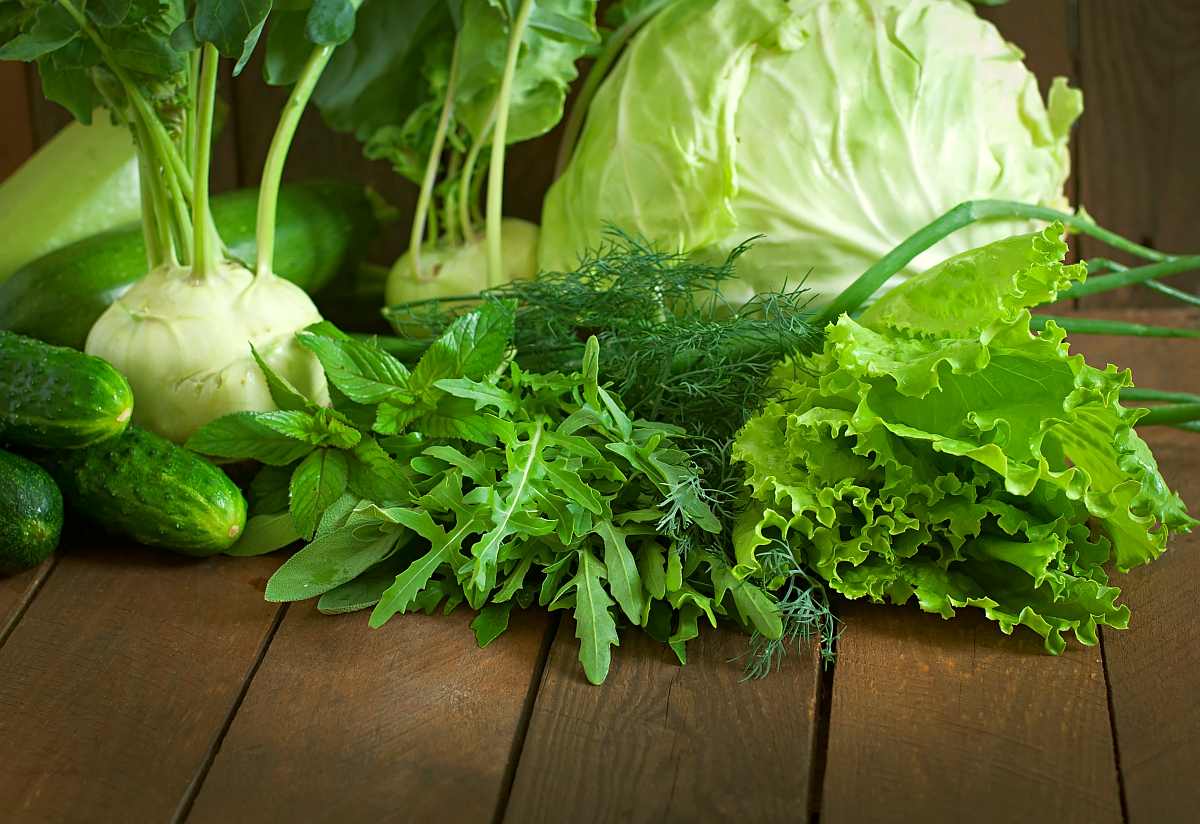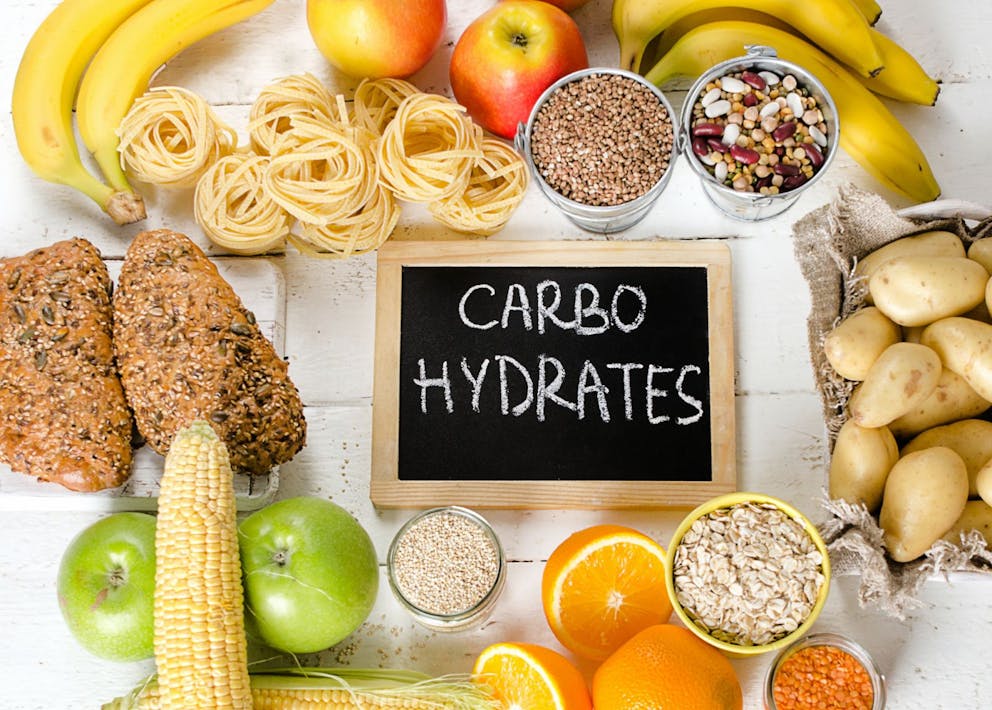Understanding Carbs vs Sugars on Keto

Keto vs. Non-Keto
Quickly compare keto-friendly foods with non-keto options for easy reference
Use this wallet card to make informed food choices while shopping or dining out
Identify fake keto foods and ingredients that you should avoid
Simplify decision-making with clear, practical guidelines

Keto vs. Non-Keto
Quickly compare keto-friendly foods with non-keto options for easy reference
Use this wallet card to make informed food choices while shopping or dining out
Identify fake keto foods and ingredients that you should avoid
Simplify decision-making with clear, practical guidelines

Keto vs. Non-Keto
Quickly compare keto-friendly foods with non-keto options for easy reference
Use this wallet card to make informed food choices while shopping or dining out
Identify fake keto foods and ingredients that you should avoid
Simplify decision-making with clear, practical guidelines

Keto vs. Non-Keto
Quickly compare keto-friendly foods with non-keto options for easy reference
Use this wallet card to make informed food choices while shopping or dining out
Identify fake keto foods and ingredients that you should avoid
Simplify decision-making with clear, practical guidelines

Keto vs. Non-Keto
Quickly compare keto-friendly foods with non-keto options for easy reference
Use this wallet card to make informed food choices while shopping or dining out
Identify fake keto foods and ingredients that you should avoid
Simplify decision-making with clear, practical guidelines

Keto vs. Non-Keto
Quickly compare keto-friendly foods with non-keto options for easy reference
Use this wallet card to make informed food choices while shopping or dining out
Identify fake keto foods and ingredients that you should avoid
Simplify decision-making with clear, practical guidelines

Keto vs. Non-Keto
Quickly compare keto-friendly foods with non-keto options for easy reference
Use this wallet card to make informed food choices while shopping or dining out
Identify fake keto foods and ingredients that you should avoid
Simplify decision-making with clear, practical guidelines

Beginner’s Guide to Healthy Keto & Intermittent Fasting
Receive a step-by-step guide to starting Healthy Keto® and intermittent fasting
Learn about foundational principles and best practices for beginners
Get detailed visual guidance on portion sizes and meal composition
Discover how to set achievable goals and monitor your progress
Find practical tips for overcoming common challenges and staying motivated

Beginner’s Guide to Healthy Keto & Intermittent Fasting
Receive a step-by-step guide to starting Healthy Keto® and intermittent fasting
Learn about foundational principles and best practices for beginners
Get detailed visual guidance on portion sizes and meal composition
Discover how to set achievable goals and monitor your progress
Find practical tips for overcoming common challenges and staying motivated

Beginner’s Guide to Healthy Keto & Intermittent Fasting
Receive a step-by-step guide to starting Healthy Keto® and intermittent fasting
Learn about foundational principles and best practices for beginners
Get detailed visual guidance on portion sizes and meal composition
Discover how to set achievable goals and monitor your progress
Find practical tips for overcoming common challenges and staying motivated

Beginner’s Guide to Healthy Keto & Intermittent Fasting
Receive a step-by-step guide to starting Healthy Keto® and intermittent fasting
Learn about foundational principles and best practices for beginners
Get detailed visual guidance on portion sizes and meal composition
Discover how to set achievable goals and monitor your progress
Find practical tips for overcoming common challenges and staying motivated

Beginner’s Guide to Healthy Keto & Intermittent Fasting
Receive a step-by-step guide to starting Healthy Keto® and intermittent fasting
Learn about foundational principles and best practices for beginners
Get detailed visual guidance on portion sizes and meal composition
Discover how to set achievable goals and monitor your progress
Find practical tips for overcoming common challenges and staying motivated

Beginner’s Guide to Healthy Keto & Intermittent Fasting
Receive a step-by-step guide to starting Healthy Keto® and intermittent fasting
Learn about foundational principles and best practices for beginners
Get detailed visual guidance on portion sizes and meal composition
Discover how to set achievable goals and monitor your progress
Find practical tips for overcoming common challenges and staying motivated

Beginner’s Guide to Healthy Keto & Intermittent Fasting
Receive a step-by-step guide to starting Healthy Keto® and intermittent fasting
Learn about foundational principles and best practices for beginners
Get detailed visual guidance on portion sizes and meal composition
Discover how to set achievable goals and monitor your progress
Find practical tips for overcoming common challenges and staying motivated
Here’s another discussion about keto diet for beginners. This time, I’m shining the light on carbohydrates and sugars.
Keto for Beginners: Carbs vs Sugars
Understanding The Difference
Distinguishing between sugar and carbohydrates can be confusing.
Why so?
Carbohydrates houses sugars under its roof. Sugar IS a carbohydrate. Sugar is the most basic, most refined form of carbohydrate. The best examples are cane sugar, fructose from fruits, and dextrose (also called glucose).
But, not all carbohydrates are like sugar. Grains and starches are carbohydrates, too, but their molecular forms are more complex compared to sugar.
So, Which is Good for Your Keto Diet?

The type of carbohydrates you can include in your ketogenic diet are the ones that shouldn’t cause your glycemic index to spike. For a complete list of keto-approved foods be sure to consult our keto diet food list.
Glycemic Index Definition: This refers to the numerical ability of carbohydrates to affect blood glucose levels.
Examples of carbohydrate foods that are low in the glycemic index include:
1. Berries
Berries have a lower effect on blood sugar compared with other fruits. That’s because they have a lot more fiber and less sugar. Within the berry family, I would recommend blackberry and raspberry because they’re lower on the glycemic index. Strawberries and blueberries, on the other hand, register higher on the charts. You can have half a cup to a cup per day.
2. Vegetables
Yes, vegetables are also carbohydrates! They basically have a lot of fiber and less sugar. So, they’re going to have a very low effect on blood sugars. They also contain an abundance of nutrients and minerals.
3. Mushrooms
Mushrooms can also be a great addition to your ketogenic diet. They are very low on the glycemic index, even though they contain some carbohydrates.
4. Nuts and Seeds
We can’t forget nuts, which has a combination of fat, protein, and some carbohydrates. Certain nuts have a different ratio of carbohydrates. The cashew for example, has much more carbohydrates than pecan. You may want to limit cashews or opt for another type of nuts as they register higher in the glycemic index than other nuts.
Seeds are also great for your keto diet. Like nuts, they contain a combination of protein, fat, and some carbohydrate. You can include flaxseed or chia seeds in your diet.
RELATED: Fermented Foods On Keto
Which is Bad for Your Keto Diet?

Some food may seem safe to eat because they contain fiber. Yet, they’re actually loaded with sugar and are high in the glycemic chart.
1. Cane Sugar
First, you have cane sugar, which came from sugarcane. To get the granulated sugar you see in supermarkets now, the sugarcane has to go through a process. Through the process, the sugarcane is stripped of fiber and all the nutrients. In the end, all that’s left is the white powder we know.
2. Grains
Then, we have grains, which are the seeds of the plant. Grains have fiber, bran, the wheat germ, and all sorts of vitamins. But, when they are groundup, fiber gets stripped off leaving you with this white flower that’s really just refined grain. Believe it or not, grains are a lot higher in the glycemic index than actual cane sugar.
So, you want to avoid grains — ALL grains. Yes, even oatmeal.
3. Rice
Another carbohydrate loaded food in question is rice. There are several varieties of rice. There’s the wild rice which contain an abundance of fiber. But there’s also a refined product, white rice, which does not contain fiber, just the carbohydrates. Needless to say, rice is high up on the glycemic index and should be replaced in your diet, especially keto diet for beginners.
4. Starches
Another source of high carbohydrates are starches. This group has potatoes, wild yams, and sweet potatoes. There are different forms of potatoes as well. You have mashed potatoes, french fries, and more. Although some people use starches to replace rice and grains, they’re still pretty high up in the glycemic index. So, it would be better to avoid them for your keto diet.
5. Fruits
Meanwhile, fruit has a combination of fructose and fiber. The problem with fruits is they’re just too high in sugar. What’s more, a lot of the fruits nowadays are hybrids. This means they are bred with high amounts of sugar. Then,you have the juice, of course, which has all its fiber taken out in the process of creating it. Drinking just the fruit juice has a much greater impact on your blood sugar compared to eating the actual fruit. You’re basically just drinking sugar.
6. Sugar
And of course in the sugar family, we have the beet sugar, agave, dextrose, and high fructose corn syrup. Each one of these can have various effects in the blood sugar as well.
Other Food Products with High Sugar
There are other products with high sugar that you might not know about, like the kombucha tea. When you’re reading labels, you really want to make sure. Don’t just look at the carbs, you need to look at the sugar grams because certain kombucha tea blends sometimes have 6 to 10 grams. If you were to purchase kombucha tea, purchase the ones that have 2 grams or less sugar.
What is Kombucha Tea? A sweetened black or green tea that’s slightly alcoholic known for its various health benefits.
Salad dressings also have hidden sugars. So, read not just the carbohydrates but the sugar grams on salad dressings. Try to get those that have 1 gram. That would be the ideal scene.
Keto Diet for Beginners: Your Main Take Away
When you’re doing keto, make sure the sugar grams of what you eat are as close to zero as possible. The whole goal with keto diet is to avoid spiking blood sugar and Fat Storing Hormone. If you must take sugar, keep it below 2 grams.
I hope that ends your push and pull with carbs and sugar on keto. To know more about keto diet for beginners, check out my blog.
Which one in the list of food groups mentioned, do you find the hardest to let go off? Share your thoughts with us in the comments section below!
Up Next: Salt Deficiency on Keto
Disclaimer: Our educational content is not meant or intended for medical advice or treatment.
Previous blog
What Is A2 Milk?Next blog
The 7 Keto Common Myths and LiesTags

Popular
08/21/2024
55K views
02/23/2025
46.3K views
11/18/2024
277.5K views
03/18/2024
11/21/2022




